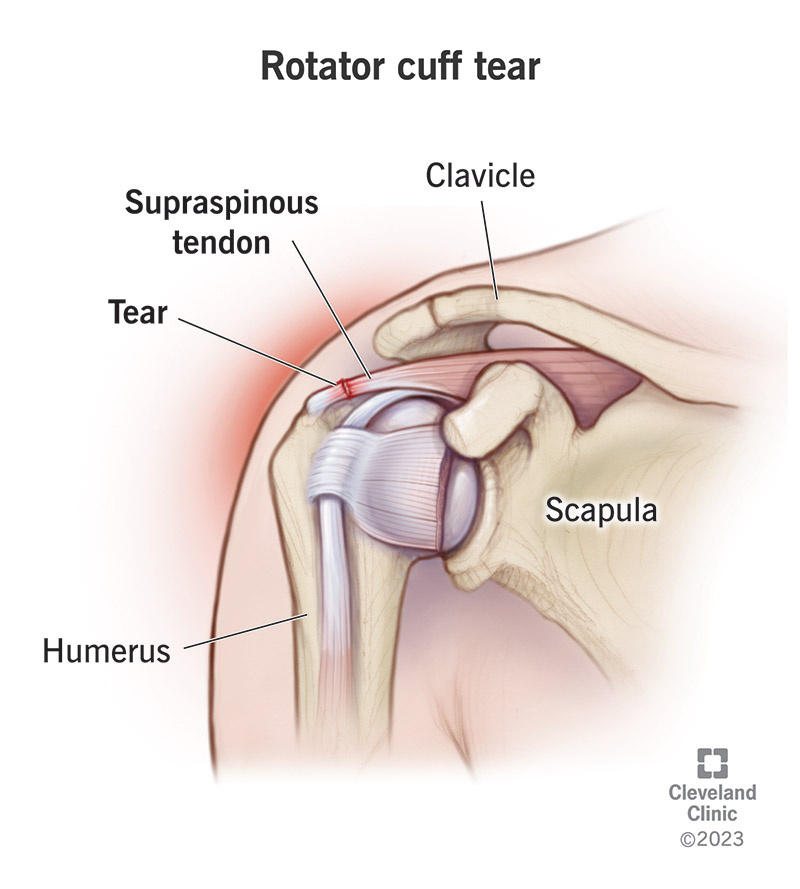A nurse is creating the plan of care for a client who is immunosuppressed. Which of the following precautions should the nurse include in the plan? (Select all that apply.)
Instruct the client to eat cooked foods only.
Restrict visitors who have active infections.
Dispose of all linen in the trash after use.
Limit the client from bathing daily.
Don a mask, gloves, and gown.
Correct Answer : A,B,E
Choice A reason:
Instructing the client to eat cooked foods only is a necessary precaution for immunosuppressed individuals. Cooking foods thoroughly can help eliminate harmful bacteria and other pathogens that could cause infection in a person with a weakened immune system.
Choice B reason:
Restricting visitors who have active infections is crucial in preventing the transmission of potentially harmful pathogens to the immunosuppressed client. Even minor infections in healthy individuals can be severe for someone with a compromised immune system.
Choice C reason:
Disposing of all linen in the trash after use is not a standard precaution for immunosuppressed clients. Used linens should be handled according to the healthcare facility's infection control policies, which often include laundering and not simply discarding in the trash.
Choice D reason:
Limiting the client from bathing daily is not a necessary precaution for immunosuppression. Maintaining good personal hygiene is important, and there is no need to restrict regular bathing unless there is a specific contraindication.
Choice E reason:
Donning a mask, gloves, and gown when caring for an immunosuppressed client can be part of standard precautions, especially if the client is in a protective environment or if the nurse is performing a procedure that has a high risk of contact with bodily fluids or if the client has a known infection.
Nursing Test Bank
Naxlex Comprehensive Predictor Exams
Related Questions
Correct Answer is A
Explanation
Choice A reason:
The inability to abduct the arm at the shoulder is a classic sign of a rotator cuff injury. The rotator cuff is responsible for stabilizing the shoulder joint and aiding in various movements, including abduction. When there is a tear or significant weakness in the rotator cuff muscles, especially the supraspinatus muscle, the patient may be unable to lift the arm away from the body or may experience pain while doing so.
Choice B reason:
A negative drop arm test would actually indicate that there is no rotator cuff injury. The drop arm test is performed by asking the patient to fully abduct the arm to 90 degrees and then slowly lower it. If the patient can control the motion and lower the arm smoothly, the test is negative. A positive drop arm test, where the patient cannot control the descent of the arm, would suggest a rotator cuff tear.
Choice C reason:
While an alteration in the contour of the joint may indicate some form of shoulder pathology, it is not specific to a rotator cuff injury. Changes in the contour could be due to various conditions, including dislocation, arthritis, or other musculoskeletal disorders.
Choice D reason:
A positive Tinel's sign is used to diagnose nerve compression or nerve damage, not rotator cuff injuries. It is performed by tapping over the course of a nerve to elicit a tingling sensation or pain in the distribution of the nerve. This sign is commonly associated with conditions like carpal tunnel syndrome.

Correct Answer is B
Explanation
Choice A reason:
While autoimmune disorders are associated with type 1 diabetes, where the immune system attacks the pancreas, they are not typically a direct risk factor for type 2 diabetes. Type 2 diabetes is more closely related to lifestyle factors and insulin resistance.
Choice B reason:
A 40-year-old client with hypoglycemia may be at risk for developing type 2 diabetes. Hypoglycemia can be a sign of pre-diabetes or insulin resistance, where the body's response to insulin is not as effective, leading to fluctuations in blood sugar levels. As individuals age, their risk for type 2 diabetes increases, particularly if they have other risk factors such as a sedentary lifestyle, overweight, or a family history of diabetes.
Choice C reason:
Lack of sleep can contribute to the development of type 2 diabetes by affecting the body's ability to regulate glucose and by increasing insulin resistance. However, without additional risk factors, it is not as strong a predictor of type 2 diabetes as the presence of hypoglycemia or other metabolic conditions.
Choice D reason:
Having never given birth is not a recognized risk factor for type 2 diabetes. While gestational diabetes is a risk factor for developing type 2 diabetes later in life, the absence of pregnancy does not increase the risk.
Whether you are a student looking to ace your exams or a practicing nurse seeking to enhance your expertise , our nursing education contents will empower you with the confidence and competence to make a difference in the lives of patients and become a respected leader in the healthcare field.
Visit Naxlex, invest in your future and unlock endless possibilities with our unparalleled nursing education contents today
Report Wrong Answer on the Current Question
Do you disagree with the answer? If yes, what is your expected answer? Explain.
Kindly be descriptive with the issue you are facing.
